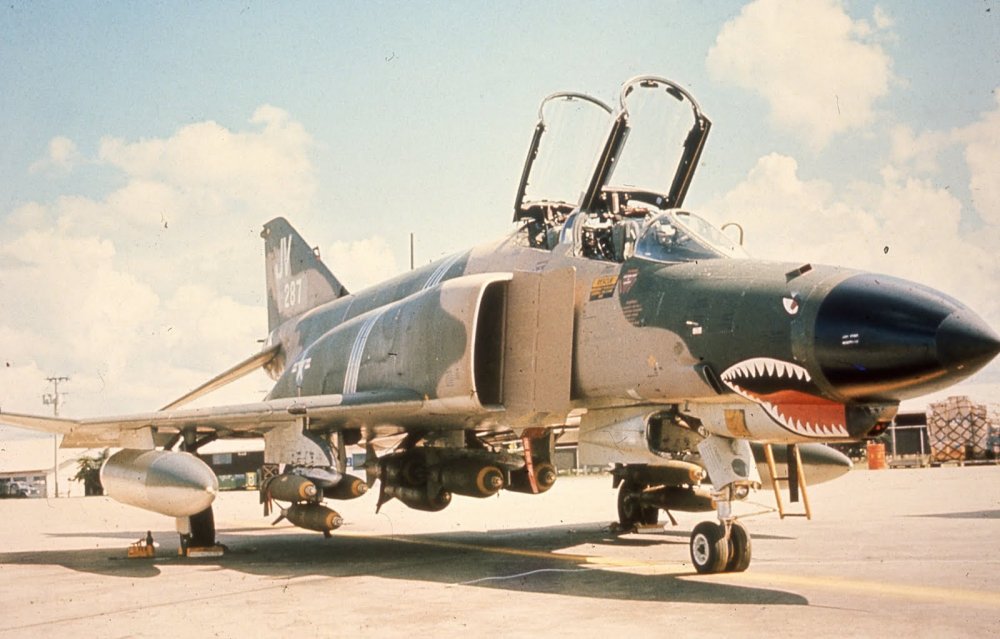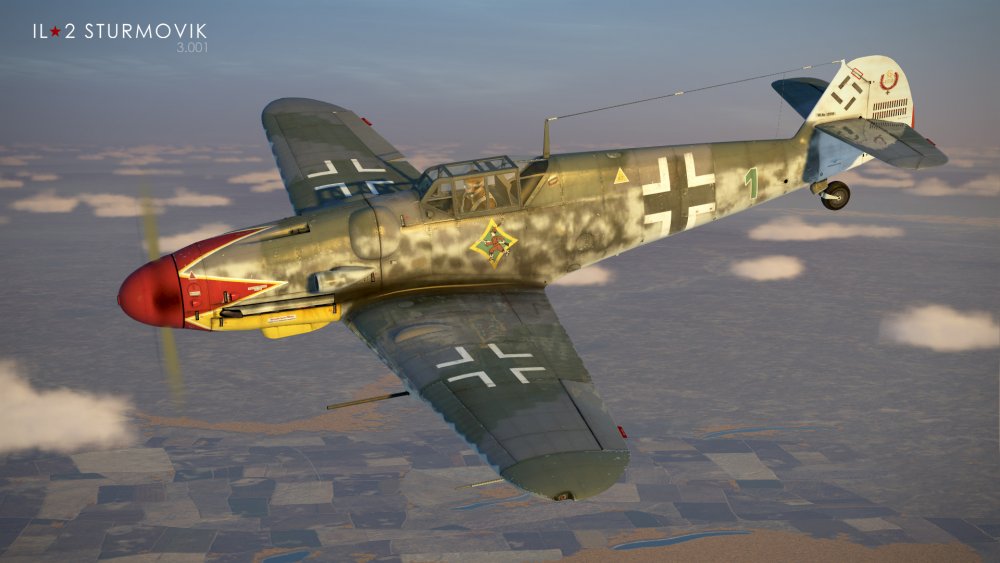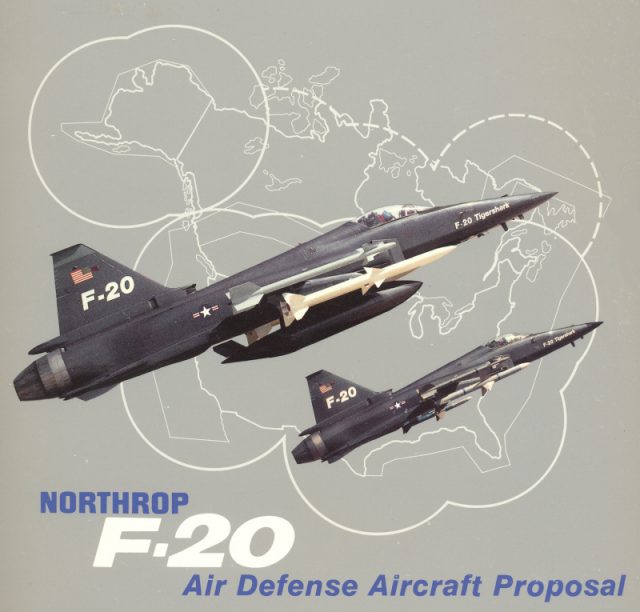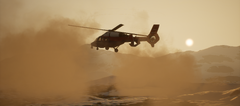- 0 replies
- 1,964 views
- Add Reply
- 12 replies
- 44,651 views
- Add Reply
- 0 replies
- 4,434 views
- Add Reply
- 11 replies
- 8,752 views
- Add Reply
- 5 replies
- 6,543 views
- Add Reply
- 0 replies
- 3,870 views
- Add Reply
DCS World 2.5 "Release" Version Available Now

By MigBuster,


DCS World 2.5 "Release" Version Available Now
The "Release" version of DCS World 2.5 is now available and can be downloaded from DCS site
See the DCS World 2.5 Trailer here: World's most spectacular PLAY FOR FREE combat game! DCS World 2.5!
About DCS World 2.5
Digital Combat Simulator World (DCS World) 2.5 is a free-to-play digital battlefield game. Our dream is to offer the most authentic and realistic simulation of military ai
The F-4 Phantom and the Gun: Part 1

By MigBuster,


Ahh that old familiar tale you say - of course, in the late 1960s the F-4 Phantom II finally had a gun installed, which meant that everything was better, magical unicorns danced around the sky and the Vietnamese MiGs would fall from the sky in droves!
Okay so that didn’t quite happen….......what did?
Note - These articles are a compacted summary of a rather massive topic and will discuss the F-4 and Guns in Vietnam mostly ignoring missiles. Vietnam will be used in
IL 2 BATTLE OF KUBAN "RELEASED" !!!!!!!!!!!

By 76.IAP-Blackbird,


Dear Friends,
We are proud and excited to announce that the Battle of Kuban development cycle is completed and Battle of Kuban is officially released! As Producer of the Sturmovik product series it is always a pleasure to announce major milestones to the community and this one is very special. Battle of Kuban was a technical challenge from start to finish, but the team has once again proven why they are the best. When I took over as Producer I promised you a new and improved Sturmovik exper
F-20 Tigershark: Risky business Part 2

By MigBuster,


In part 2 we continue to look at the Northrop F-20A Tigershark and how its story intertwines with other aircraft programs of the 1980s.
Another F-20 is flown
The second Pre-production F-20 (82-0063 / GI1001) was flown in August 1983. This configuration included a bigger radome, enlarged canopy, and an up-rated 17,000 lb thrust F404 engine. (Note: The first pre-production jet mentioned in part 1 (82-0062) also received the 17,000 lb thrust engine in 1983.)
Also note:
F-20 Tigershark: Risky business Part 1

By MigBuster,


Northrop fighter programs and luck are not things you will often hear in the same sentence. Here we look at the short lived Tigershark and some of its contenders for the lucrative 1980s export market.
In the 1960s and through the 1970s Northrop produced and sold the superb F-5AB Freedom Fighter and F-5EF Tiger II to the export Foreign Military Sales (FMS) market. In fact over 30 countries had procured 2600 F-5s in 28 different configurations by the mid-1980s.
In the late
Il2 DD Update Dev Blog 190 (P-39 Cockpit)

By 76.IAP-Blackbird,


Hello everybody,
Today we don't have a lot of news, we just want to tell you that the work on 3.001 update is near its end. We have 20 Career mission types working of 25 planned for the release. The most of the initially found issues are fixed and some tweaks are already in the place.
To give you a general idea of the scale of this update, its change list will contain 90 items, nearly a third of which are significant changes and improvements. The sheer number of these changes mea





